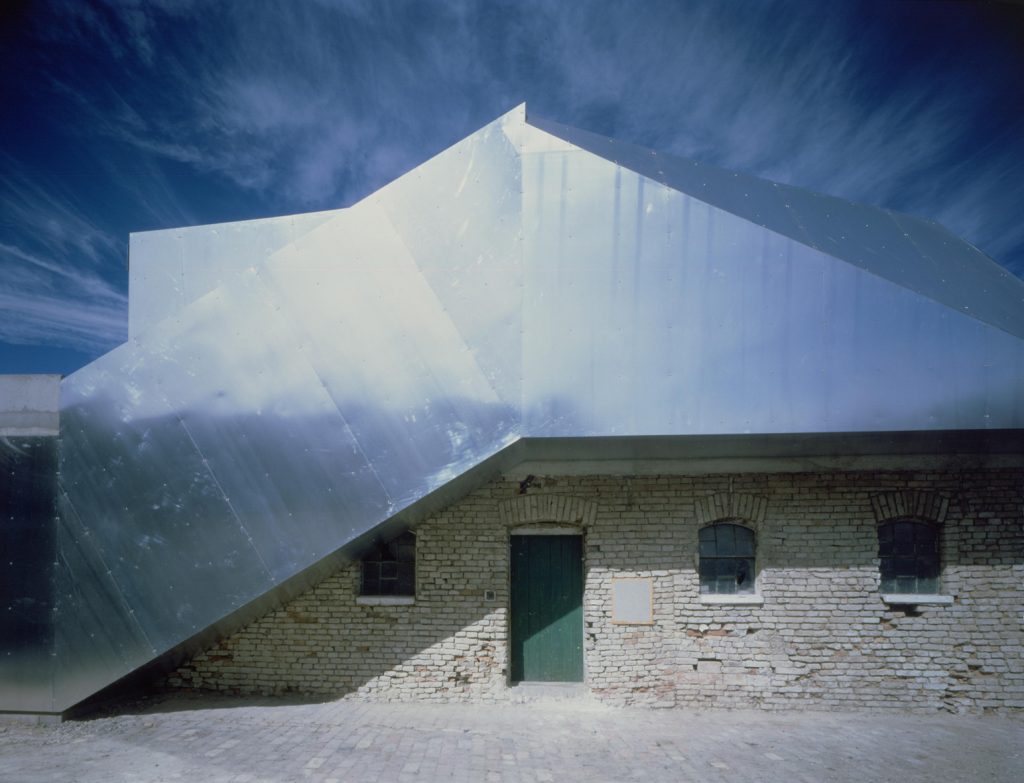
ARTEC Architekten, Raum Zita Kern, Raasdorf, 1997–1998
© Architekturzentrum Wien, Collection, photograph: Margherita Spiluttini
The permanent exhibition of the Architekturzentrum Wien offers a unique view of 150 years of producing architecture in Austria. It provides a compact overview and offers comprehensive socio-political insights. The most relevant phenomena and tendencies are described in ten separate episodes, while room is also left for autonomous positions.
Starting from Vienna’s development into a large imperial city the exhibition leads us into the field of tension between socio-political experiment, the “conquest” of Alpine landscapes, the entanglements of power in the National Socialist era and the factual and symbolic reconstruction period after 1945. In an era of economic growth the year 1958 is of considerable significance for Austria. A number of key buildings are completed, signalising the somewhat delayed arrival of international modernism. Shortly after this space travel, the student movement, the sexual revolution, the worldwide spread of pop culture, TV and mass media leave their mark on the production of architecture. The oil crisis in 1973 puts an abrupt end to utopian concepts while at the same time marking the start of a series of architectural experiments both in formal terms and as regards construction.
Rather than being presented as untouchable icons the projects are shown in their respective historical and social contexts, while their histories of conversion, reinterpretation, ageing or destruction are also described. Very topical positions from throughout Austria, which are presented in digital form, make up a very important part of the exhibition.
Timeline
Central events in Austrian politics, technical and intellectual history as well as milestones in international architectural activity provide the contextual background for Austrian architectural history.
Ancestral gallery
Portrait photos and short biographies of many of the architects represented in the exhibition form a genealogical family tree of important “heads” in the history of Austrian architecture.
Housing
In the field of housing, in particular social housing, Austria occupies a unique position, which explains why this theme is devoted a separate narrative line: in the process the contrasting poles of the bourgeois culture of representation and the notion of the “minimum existence” are illuminated, while also examining housing estate construction in the interwar period, the proletarian domestic culture of Red Vienna, the rapid building programmes of the post-war period, as well as the innovative housing concepts of today.
Curators: Gabriele Kaiser, Monika Platzer, Az W
